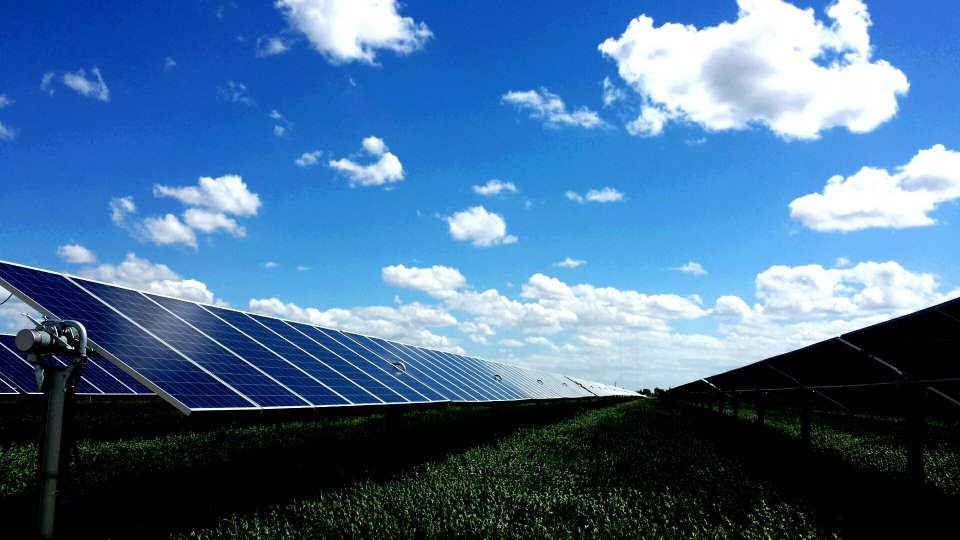Keeping the Lights on While Lowering Emissions
Study analyzes how decarbonizing the Northwest power system would affect reliability
- February 15, 2019
- Carol Winkel

Reducing carbon emissions in the power system is a major topic of interest in the Northwest as energy planners look to address climate change concerns. But how far can we go without compromising the ability of the system to reliably meet loads?
This is the question a recent study tries to answer. The study, undertaken by the Public Generating Pool, in collaboration with Puget Sound Energy, Avista, and Northwestern utilities, examined the adequacy of the power system in 2018, 2030, and 2050 under different decarbonization levels. Its key findings were:
- It's possible to maintain resource adequacy for a deeply decarbonized grid, as long as sufficient firm capacity is available during periods of low wind, solar, and hydro production
- It would be extremely costly and impractical to replace all carbon-emitting firm generation capacity with solar, wind, and storage, because of the significant renewable and transmission overbuild it would require. We would need to overbuild renewable generation in order to ensure enough zero-carbon energy is produced during low-generation hours to maintain resource adequacy requirements
- The Northwest is expected to need new capacity in the near term to maintain resource adequacy after the planned retirement of coal plants
- Current planning practices risk underinvestment in new capacity needed to ensure resource adequacy



